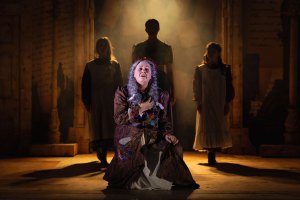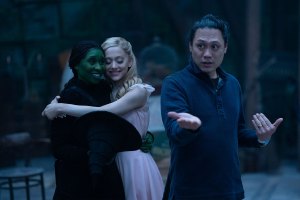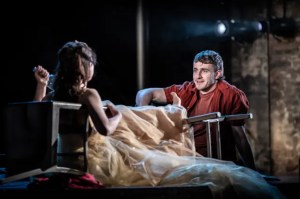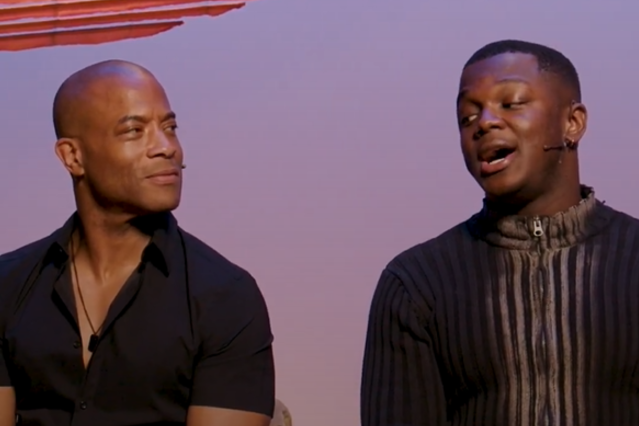Greatest Days at Manchester Palace Theatre, and tour – review
The Take That musical hits the road
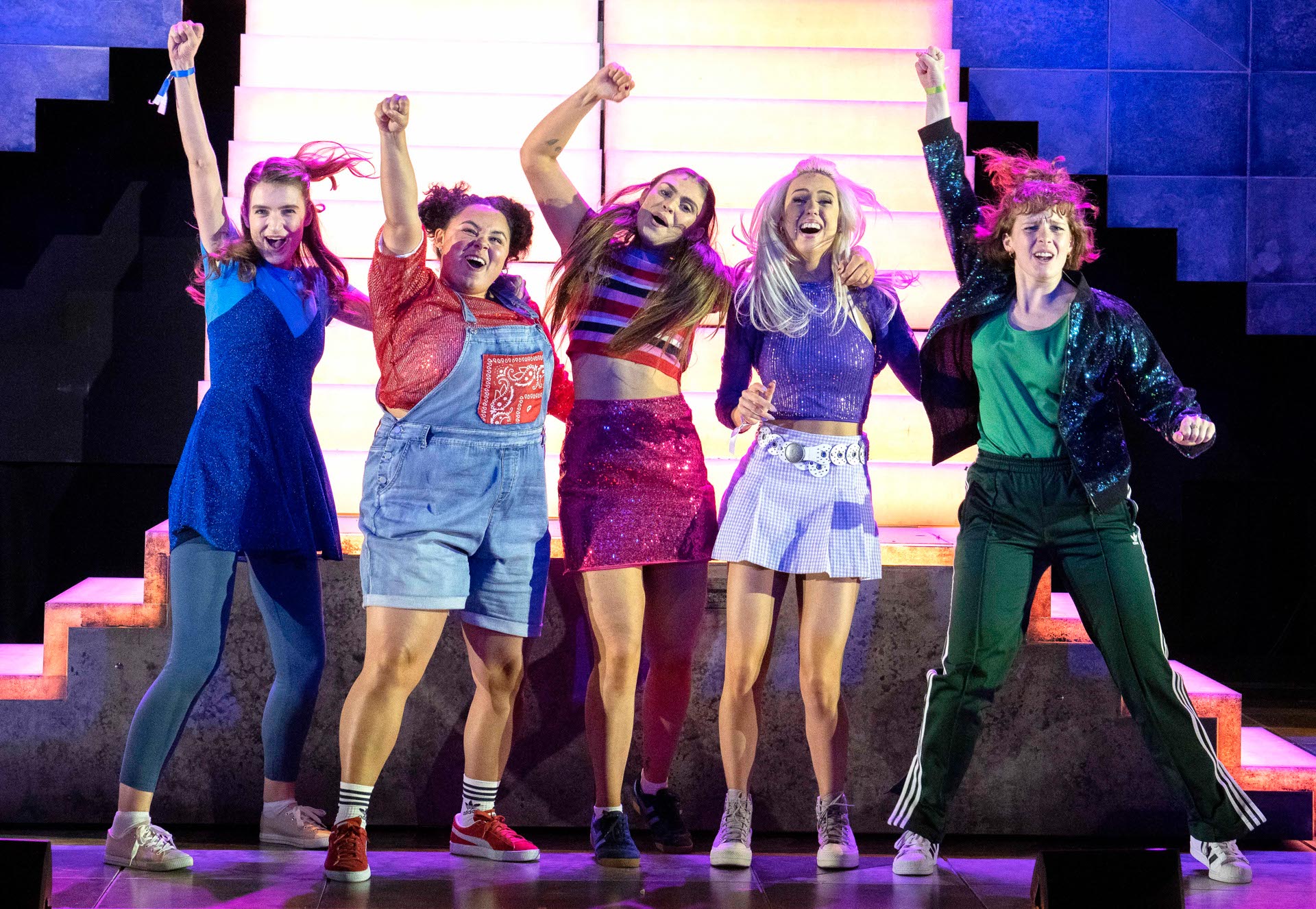
It’s more or less true that everyone, however guiltily, has a favourite Take That song. Their prodigious discography of epochal earworms saw them long monopolise radio and stadium real estate. This musical might be manufactured with the same mass appeal, but it’s more than a victory lap of their titanic success.
It’s not about their greatest days, but those of a group of northern teen girls intoxicated by their music (ventriloquised by a proxy Take That quintet). Watching them live only cements that. But the glow is shattered when an early contrivance shunts us through an emotional gearchange, introducing the baggage their adult counterparts spend the rest of the show overcoming.
This territory also brings with it a mawkishness the show doesn’t entirely resist, with some hokey moments involving balloons and event wristbands. But it’s offset by a self-awareness: the second half’s arrival in Athens opens with a knowingly ridiculous sequence where the boys are dressed as Ancient Greek statues.
The girl group nicely mirrors the boy band, their harmony reflecting their tight dynamic. They’re cast in archetypal moulds, but their adult counterparts ultimately subvert them for a more realistic view of life not going as you plan.
As Young Rachel, Emilie Cunliffe’s voice is deep and doleful, soured by their tragedy. It’s picked up in Kym Marsh’s falling intonation and suppressed volume, always catching and holding herself down like the tribute balloon she never released. The two generations are also paralleled in the symmetrical stairs of Lucy Osbourne’s set. A sense of period would help the initial strangeness of such young girls obsessing over what’s now slightly dated music. But its abstract structure is exactly the kind you’d see at a concert, reflecting how their lives orbit the formative gig.
Confessional dialogue is also interwoven with the boy band’s sung lyrics. Mostly dressed and lit in white like saviours, they sit giving wistful looks as they listen in on the girls’ aspirations or console with crooning refrains and gentle melodies. However, these are primarily belting anthems, designed to enrapture an audience with a flood of dopamine. They’re necessarily compressed in a theatre, but are attenuated further still. Some are abbreviated to a few pared-back verses, others to a low-key, almost a cappella chorus. They lack the vocal firepower to make the music really soar. There’s some ropey singing with key slips, misaligned harmonies and not-quite-reached falsettos, but their dancing is punchy and infectious. It has both fond nods to the real band’s cheesy dad moves and arm-swaying, as well as more modern, slick choreography when songs break out into throbbing remixes.
While they occasionally take over the stage when the boy band hold their gig performances, they mainly huddle in a doorway at the back, cooing like a flock of doves. Genericising them suggests the ameliorating power of heady young band obsession is universal. But it’s slightly distracting to maintain the cognitive dissonance of pretending they’re not the band we know they are, while pumping out their distinctive music.
By the end, the plot has almost outgrown them. But then, with the girl group healed and reformed, so, perhaps, have they.


